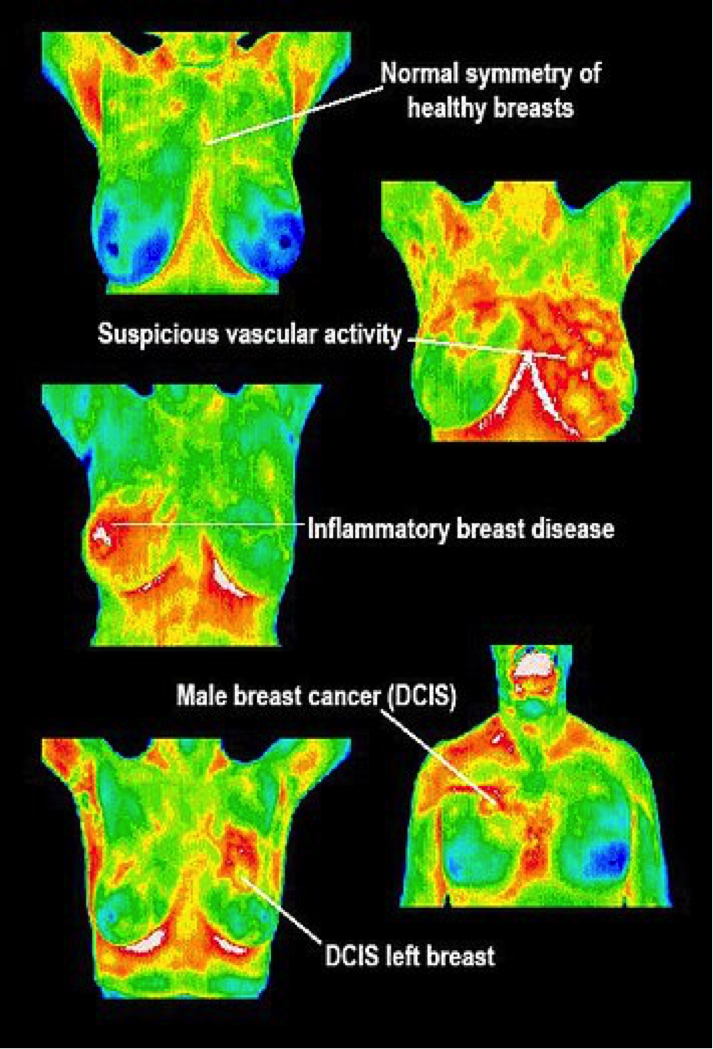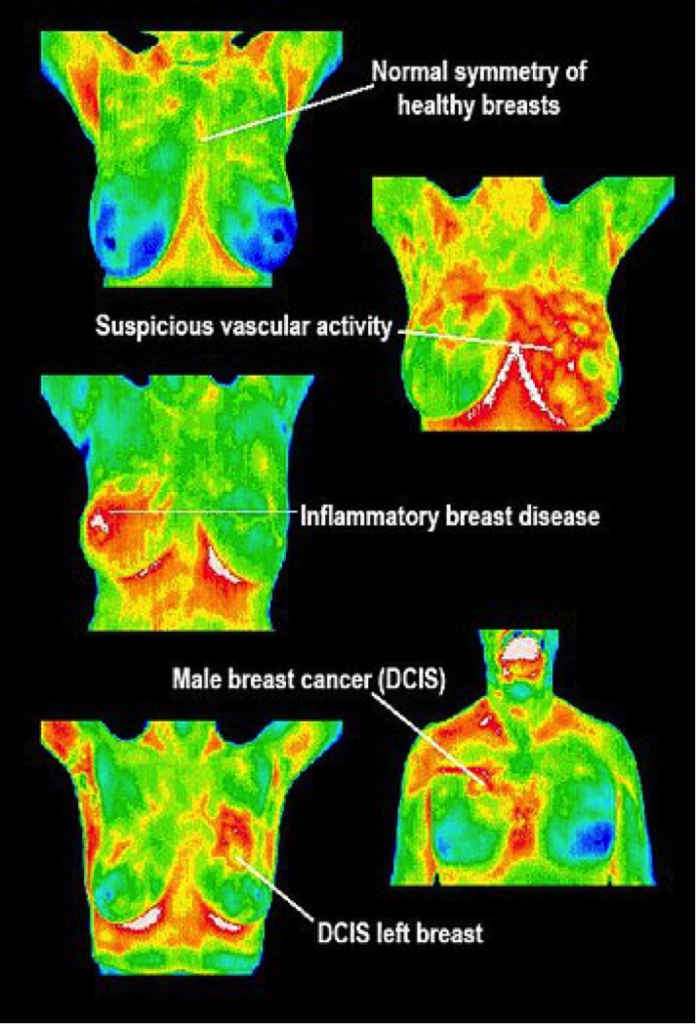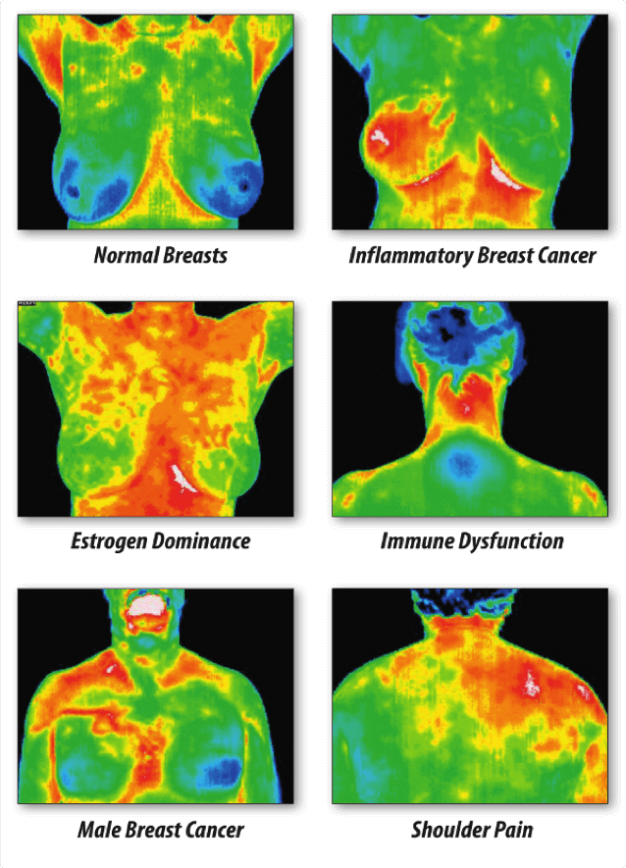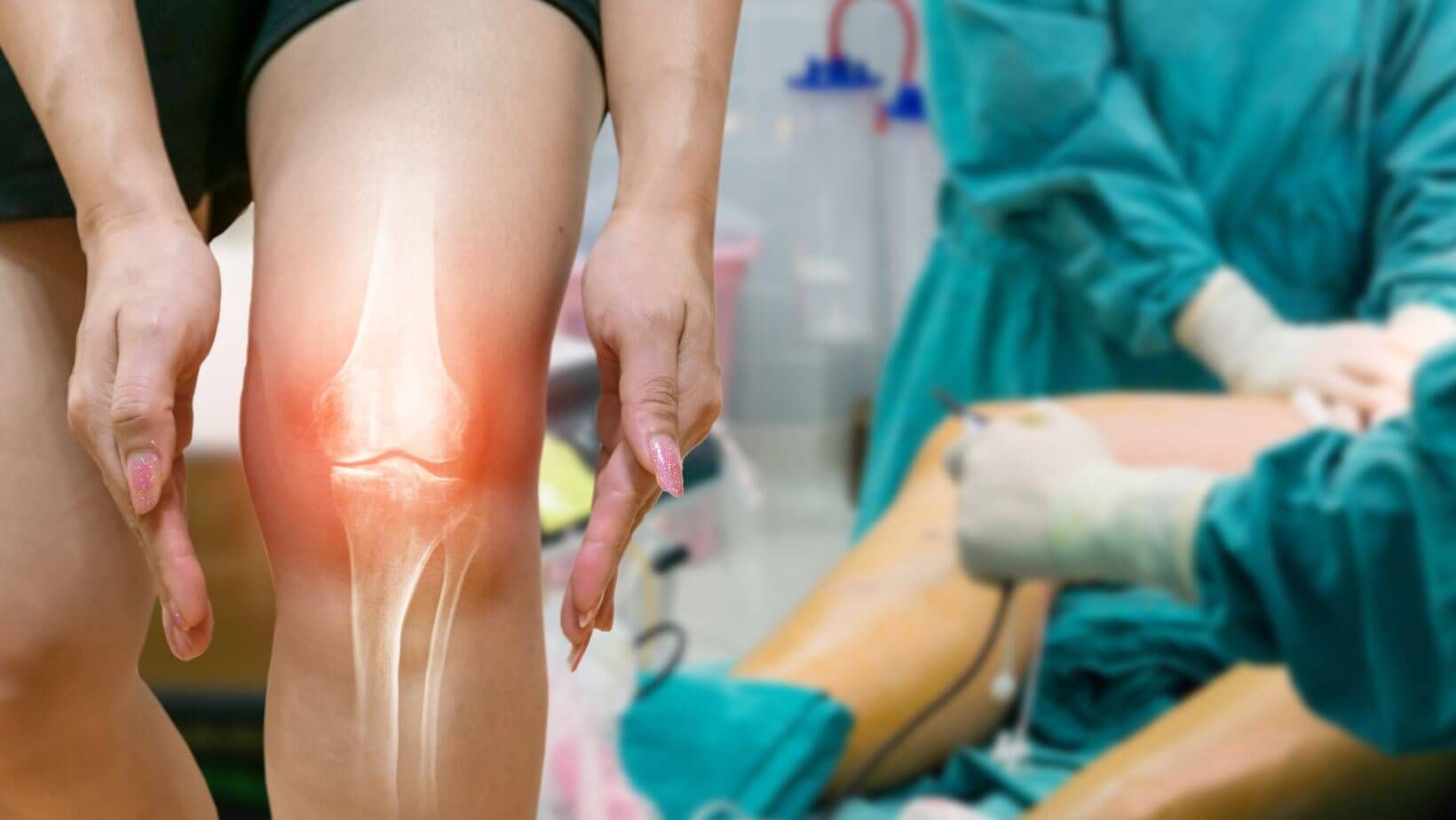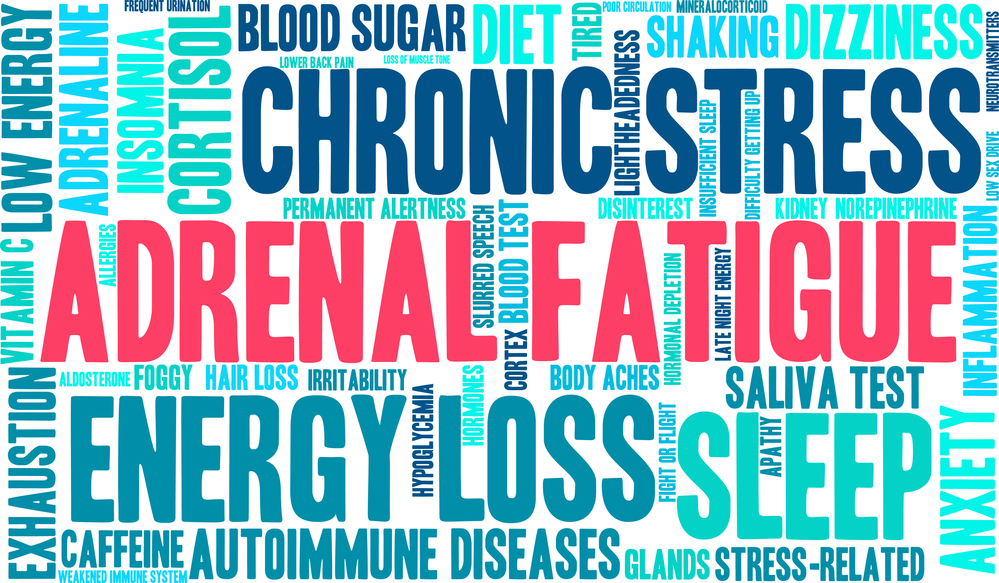Adrenal Fatigue
Adrenal fatigue is a condition which occurs because of our busy American lifestyle. With all of the demands placed on us today it is a commonly seen condition.
More than 70% of people surveyed feel that their lives have been affected by the recession and feel more stress.
Many of you are all ready seeing changes in your patients and practices. Times are very different.
Adrenal fatigue is defined as a deficiency in the functioning of the adrenal glands. People who suffer from adrenal fatigue do not suffer from full-blown disease. The extreme variations of adrenal disease are Addison’s and Cushing’s disease. Addison’s disease is the rarest from of Hypoadrenia.
It occurs in 4 out of every 100,000 people. It is also responsible for 70% caused by autoimmune disease.
Adrenal Fatigue is a collection of broad signs and symptoms, known as a “syndrome” that results when the Adrenal glands function below the necessary level.
Over the past century this disorder has been known as:
- Non-Addison
- Hypoadrenia
- Sub-clinical Hypoadrenia
- Neurasthenia
- Adrenal neurasthenia
- Adrenal apathy
Who Suffers From Adrenal Fatigue?
Anyone!
An illness, a life crisis, or a continuing difficult situation can drain the Adrenal resources.
Lifestyles can make one more prone to Adrenal issues such as:
- Poor diet, substance abuse, too little sleep and rest, or too many pressures all result in the symptoms of Adrenal Fatigue.
Life Events
- Death, Marriage, Birth of a child
Lifestyle leading to Adrenal
- Executive working 60-70 hours a week, juggling family life, kids, a home, and financial stress
- This situation goes on for several years.
- Finally symptoms start to present but the person keeps going.
What are the symptoms of Adrenal Fatigue?
- Fatigue
- Weight Gain
- Low Blood Pressure
- Low Pulse
- Depression
- Light Headed/Dizziness
- Hypoglycemia
- Hair Loss
- Decreased Sex Drive
- Decreased Immune Function
- Allergies
- Arthralgia/Myalgia
Do these symptoms sound familiar? It is estimated that 50% of the people diagnosed with hypothyroidism also suffer from adrenal fatigue.
Common Diseases
Many associated diseases can occur with chronic stress or adrenal fatigue. These diseases can occur in a variety of mild to severe symptoms.
- Hypoglycemia
- Allergies
- Arthritic Pain
- Decreased Immune Function
- Psychiatric Disorders
- Syndrome X
The Stress Response
The stress response cycle is very complex. There are four different zones of the cortex each secreting different hormones such as; cortisol, DHEA, testosterone, aldosterone, and progesterone. The cortex produces over 50 hormones all working as bridges to form other adrenal hormones.
These changes affect: Carbohydrate, protein and fat metabolism, insulin and blood sugar control, fluid and electrolyte balance, cardiovascular system and Sex drive.
Testing for Adrenal Fatigue
A simple saliva test can be conducted at home to diagnose adrenal fatigue. Blood or saliva testing can used to evaluate hormones to determine if adrenal fatigue is a concern. The most common hormones tested are testosterone, DHEA in saliva or DHEA-S in blood. Cortisol should always be tested using saliva. Typically a diurnal cortisol is evaluated but you can order one or two if you prefer.
If you chose to order one or two you will usually order a morning or evening cortisol or both.
The regulation of cortisol is done by the HPA Axis. The hypothalamus mediates between external and internal states to keep the body balanced. Cortisol is a chief agents used by the hypothalamus to balance body chemistry. Any factors listed above can act as stressors and interrupt normal requirements for cortisol.
Cortisol is a chief agent used by the hypothalamus to balance body chemistry. Any factors listed above can act as stressors and interrupt normal requirements for cortisol.
Cortisol protects the body by normalizing blood sugar levels. A drop in blood sugar triggers adrenals to make more cortisol. Cortisol increases blood sugar by converting fats and proteins to energy. Cortisol also has Anti-Inflammatory properties when secreted in normal levels.
Cortisol levels affect White Blood Cells, it specifically produces lymphocytes. Cortisol regulates blood pressure and central nervous system function by affecting; behavior, mood, excitability and all other neurons in the brain.
Stress hormones and neurotransmitters provide a quick burst of energy.
They speed up the necessary body systems by increasing heart rate and breathing. It can also shut down the unnecessary body systems such as the reproductive system and immune system.
Cortisol receptors exist on almost every cell in the body and have an important role in brain function. If serotonin is depleted it can result in fatigue and depression. Moderate and transient amounts of cortisol increase the release of dopamine. While high and chronic levels of cortisol decrease the production and release of dopamine.
- The immune system can be directly affected by the adrenal function.
- Allergies involve the release of histamine a pro-inflammatory.
- Cortisol is a strong anti-inflammatory.
- It is the histamine & Cortisol reaction that produces the symptoms experienced with allergies.
- Food allergies are common during adrenal fatigue.
- The most common foods are corn, wheat, eggs, and dairy.
- The symptoms can vary and be temporary if the adrenal glands can be restored.
How Common is Adrenal Fatigue
According to “The Adrenal Fatigue Organization” it is estimated that 80% of North Americans suffer from Adrenal Fatigue at some point in their lives!
Treating Adrenal Fatigue
Once Adrenal fatigue is diagnosed an Essence of Health and Vitality adrenal program can be initiated. An adrenal program contains life style changes and nutritional support which will help balance the body. It will restore the body’s ability to balance and correctly utilize sugar, support in digestion, and rebuild the adrenal glands to properly handle stress and return you back to normal. In some cases it is necessary for hormones to be replaced for short period of times until the body can repair and produce them on their own.
Unfortunately, restoring the adrenals is not a quick fix. You can expect a patient to be on this program for six to twelve months at minimum. If patients have been ill for several years they can expect one to three years before they are healed. Patients can expect to have periods of time that they feel good and then crash. It is important to provide patients with education and support during this time.
If this type of approach interests you but you feel that you need more training on adrenal dysfunction sign up for my free teleconference on Adrenal disease or attend my seminar “Unraveling the Mystery of Adrenal Fatigue. ”
Testing for Adrenal Fatigue
A simple saliva test can be conducted at home to diagnose adrenal fatigue. Blood or saliva testing can used to evaluate hormones to determine if adrenal fatigue is a concern. The most common hormones tested are testosterone, DHEA in saliva or DHEA-S in blood. Cortisol should always be tested using saliva. Typically a diurnal cortisol is evaluated but you can order one or two if you prefer. If you chose to order one or two you will usually order a morning or evening cortisol or both.
The regulation of cortisol is done by the HPA Axis. The hypothalamus mediates between external and internal states to keep the body balanced. Cortisol is a chief agents used by the hypothalamus to balance body chemistry. Any factors listed above can act as stressors and interrupt normal requirements for cortisol.



